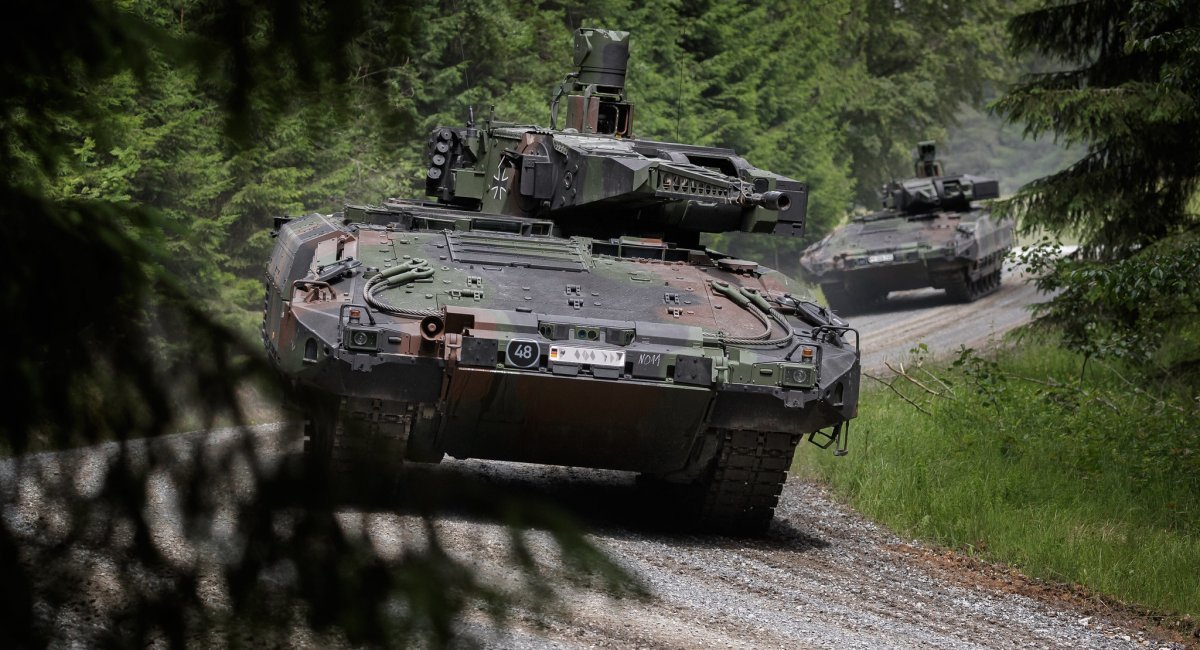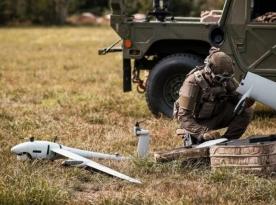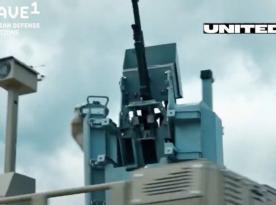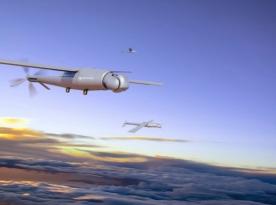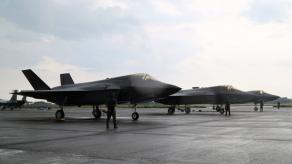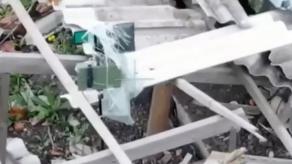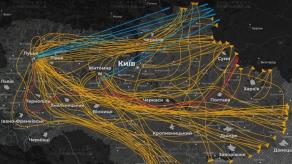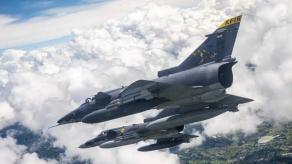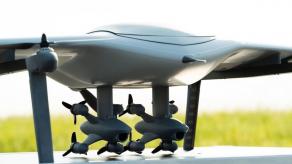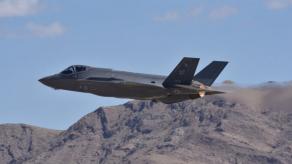While drones have already cast doubt on the future of main battle tanks, an equally pressing question arises: do infantry fighting vehicles (IFVs) still have a future on the battlefield? Designed to transport troops under armor and engage enemy armor, IFVs now also struggle to survive in an environment of unprecedented battlefield visibility and drone supremacy.
Germany’s Soldat und Technik explored this issue by analyzing the real-life experiences of both Ukraine and russia, Cold War-era doctrines, current trends, and possible trade-offs between competing concepts.
Read more: Ukrainian Warriors Prove Gepard’s Power Against russian-iranian Shahed Drones
Super-Armored IFVs with Active Protection Systems
Like tanks, IFVs were originally designed with frontal armor in mind. Over the decades, mine resistance has been added. However, drones bring an all-around threat, which now calls for a new kind of troop carrier: a heavily armored vehicle with comprehensive 360-degree protection — essentially, a super-IFV. A similar solution can be seen in Israel’s Namer, a heavy APC based on the Merkava Mark IV tank.
Still, Namer has its vulnerabilities, which FPV drone operators can exploit, and its mobility is limited. This is not a major issue for the IDF, since Namer was developed primarily for urban warfare where attacks can come from any direction. To enhance survivability, the vehicle is equipped with the Trophy active protection system (APS), which intercepts threats mid-flight. In late 2024, Trophy was also upgraded to counter drones.
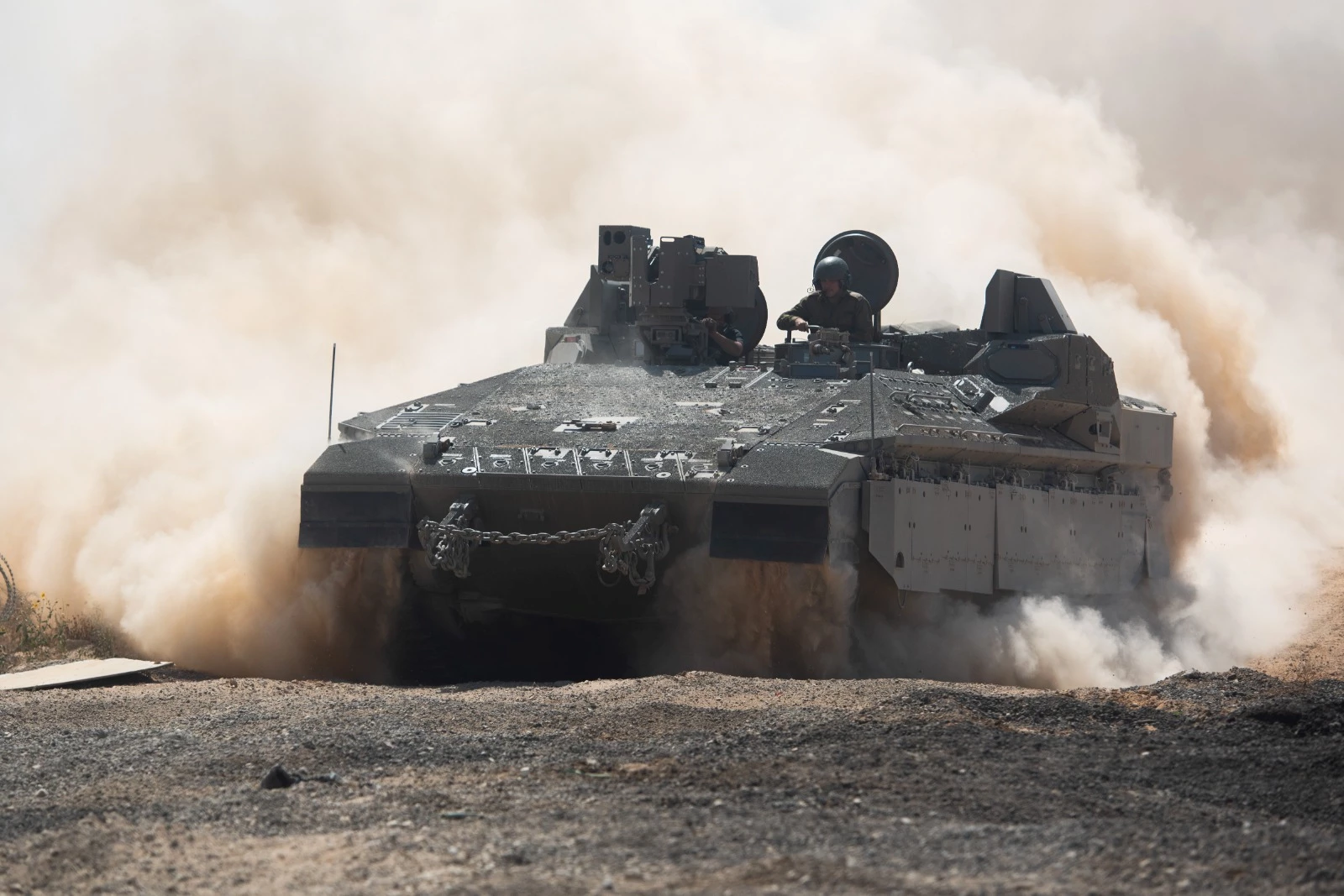
However, one major limitation of APS is that armored vehicles often come under drone attack even before they move or as soon as they begin an assault. APS and smoke launchers have limited ammunition. The russian experience with so-called turtle tanks — makeshift heavy IFVs — has shown that it's merely a matter of how many drones it takes to immobilize them, which is effectively the same as destroying them.
Buggies and Motorbikes for "Banzai Attacks"
At the opposite end of the spectrum lies the use of ultra-light, unarmored vehicles based on the principle that speed and maneuverability are the best form of protection. Soldat und Technik was quick to cite the example of Ukrainian troops using electric motorbikes in spring 2022 to covertly deploy anti-tank teams.
Today, however, it is primarily russian forces who are using buggies and motorcycles, sometimes in what resemble "banzai attacks." Unsurprisingly, the results are often poor: such vehicles provide no protection against bullets or shrapnel, and drone operators typically have more than one opportunity to strike. Moreover, drone machine vision systems negate any attempt to evade attacks through rapid maneuvering.
From the Defense Express perspective, the success of speed-focused tactics depends entirely on the enemy’s failure to detect or observe. As the German analysis points out, an IFV can be equipped with electronic warfare (EW) systems, APS, additional protection, and even anti-drone machine-gun turrets. Lightweight vehicles, by contrast, only work in group formations with dedicated support platforms.
IFV Self-Defense and the Gepard Example
The German publication also recalled Cold War-era Bundeswehr doctrine, which envisioned each armored company being accompanied by a Gepard anti-aircraft vehicle to provide protection from helicopters and attack aircraft. But any specialized platform becomes ineffective when it runs out of ammunition or is destroyed, leaving the remaining vehicles vulnerable.

Hence the conclusion that IFVs should be equipped with their own counter-drone systems. These include not only EW suites but also anti-air weapon modules. This approach is already visible in the modernization plans for several Western tanks, for example, KNDS ARX 30 turret.
A Networked Battlefield Concept
The most effective solution may lie in adding a specialized support vehicle capable of detecting drones and autonomously coordinating turret fire and other defenses across nearby platforms.
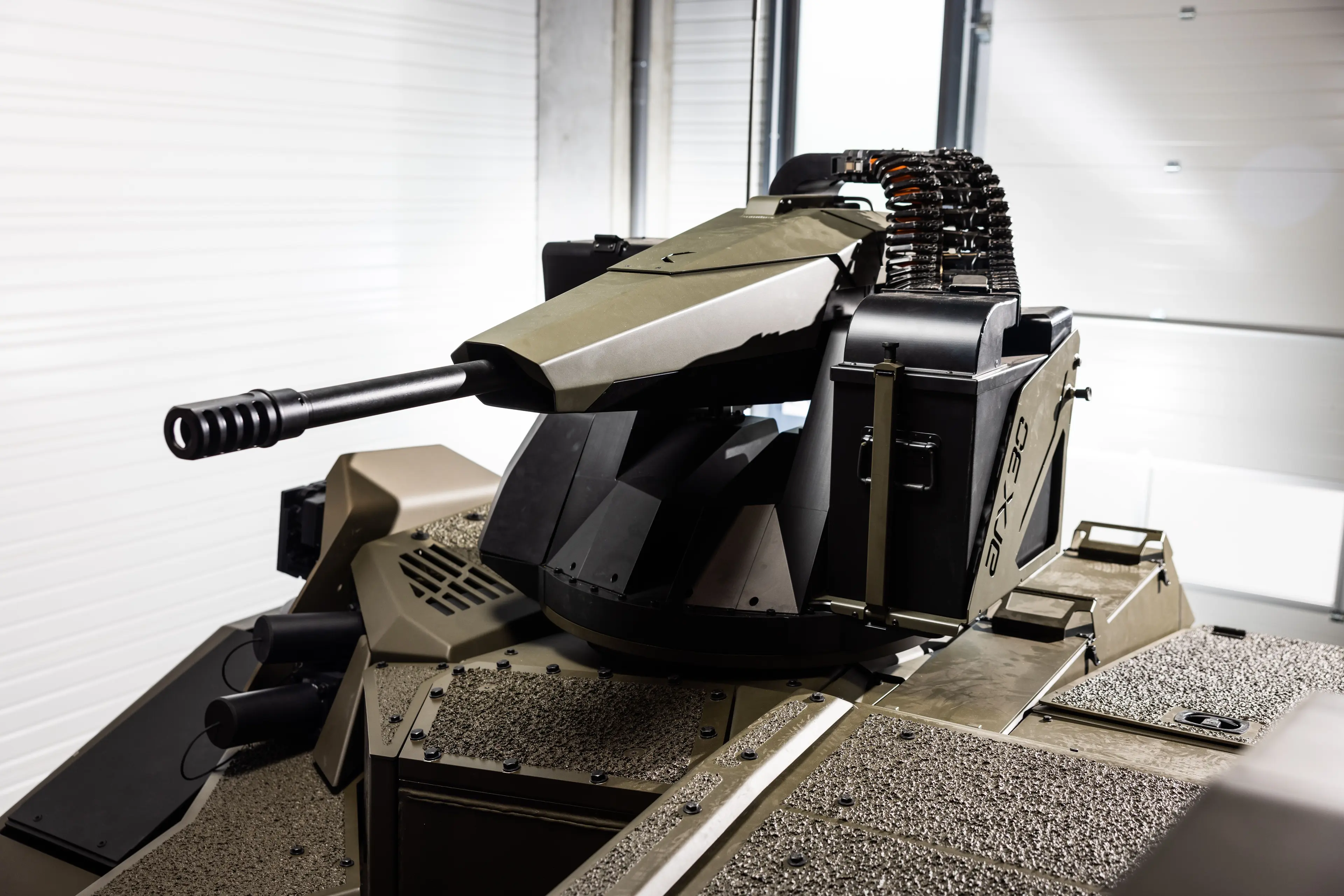
Soldat und Technik argues that drone warfare is a cross-sectoral challenge that calls for integrated solutions. This may involve blending traditional heavy and light vehicles, particularly if the latter are unmanned ground systems. Such integration would allow sensors and weapons to be distributed across the battlefield and connected in a unified network.
That network should not be limited to ground assets. A robust counter-drone system must also include dedicated UAVs that provide surveillance to intercept enemy drones.
Read more: KNDS Deutschland's First Project With Ukraine Will Be Gepard With Upgraded Radar



